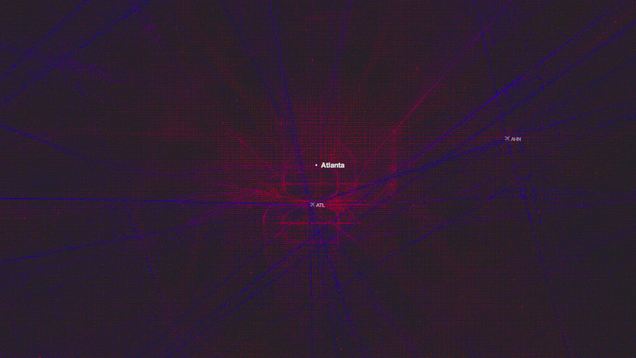

SiegelĤ.) You cannot see Kawaikini from the peak of Mauna Kea. The fact that they aren't indicates the Earth's curvature.

any high mountain within the line-of-sight of the tall mountain you're atop would be visible. The method of Biruni for calculating the Earth's circumference. If the Earth were flat, the Sun's rays would always come in at the same angle, meaning that the USA, Australia, Italy, and Argentina would all experience the seasons the same exact way. Ever notice how the summer in the United States corresponds to winter in Australia? Or how winter in Italy lines up with summer in Argentina? This is because the Sun's rays, which are almost perfectly parallel, strike Earth at different angles during different parts of the year.

If we go even further, a flat Earth would have the same angle, and therefore the same season, everywhere.Ģ.) Different locations on Earth experience seasons at different times. But if the Earth’s surface were curved (bottom), shadows at different locations would cast different shadows on the same day, depending on the angle that the Sun’s rays struck the object in question. solstice everywhere on Earth (top), no matter where you were located. If the Earth were perfectly flat, then the Sun’s rays would cast identical shadows at noon on the.


 0 kommentar(er)
0 kommentar(er)
